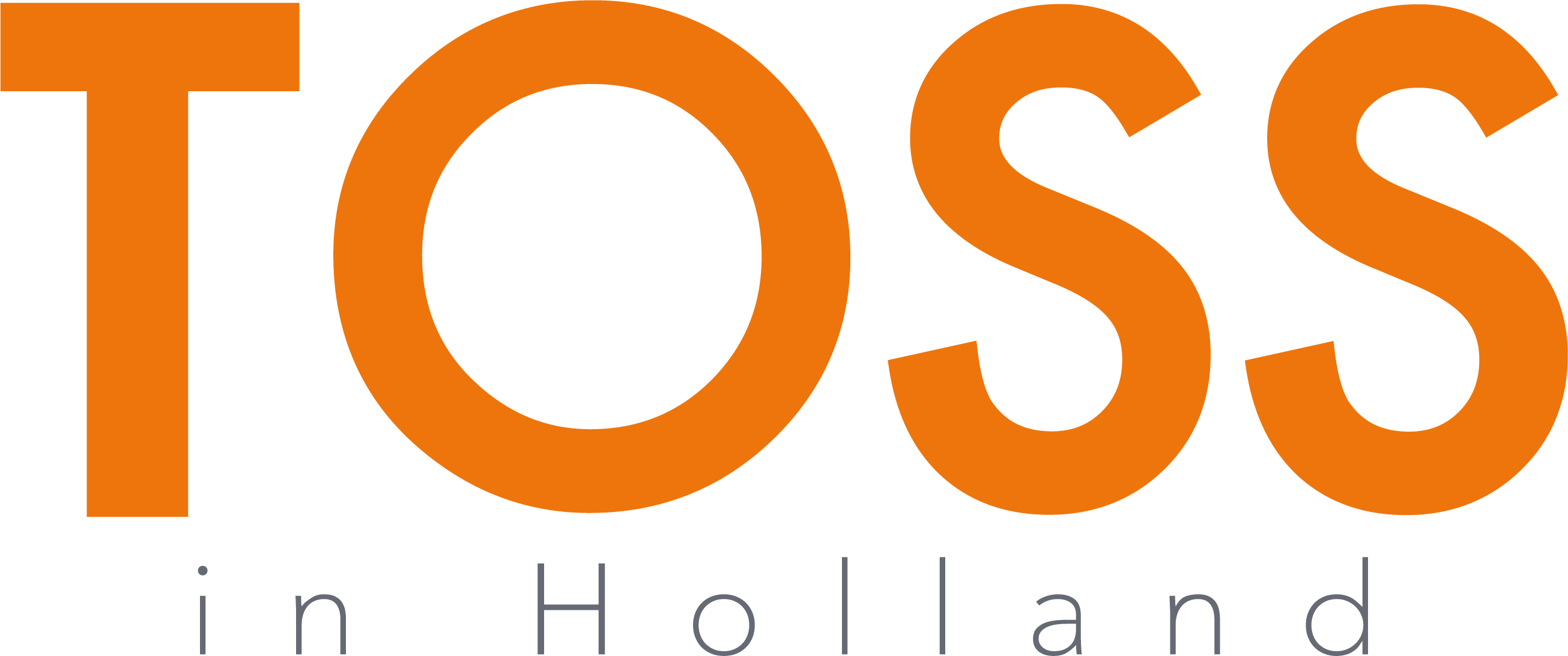Online tax return in the Netherlands
Every year in the Netherlands you have to file a tax return for your income, the so-called ‘inkomstenbelasting’ or ‘income tax’. You do this to find out whether you have paid enough tax over the past year. Perhaps you have paid too much and will receive a refund. Or you may have paid too little, so you have to pay extra. Filing your tax return sounds like a lot of work, but fortunately it is not. Thanks to the modern era in which we live, it is very easy and you can do your tax return quickly online.
How do you file tax returns, who should file tax returns and when should they be filed?
Anyone who is invited by the Tax Authorities to file an income tax return is required to do so, even if no tax is owed. Those who are not invited must still file a return if a payment of more than € 46 is expected and may file a return if a tax refund of more than € 15 is expected. This applies to both domestic taxpayers and foreign taxpayers1.
The tax return for 2021 must be filed with the Tax Authorities before May 1st, 2022 if you lived and worked in the Netherlands the entire year in 2021. It is possible to request a postponement of the tax return until September 1st, 2022. If the tax return is prepared by a tax advisory firm, postponement is usually possible until May 1st, 2023.
Follow the steps below to file an online tax return.
[1] Foreign taxpayers: those who live outside the Netherlands but have taxable income in the Netherlands.
Step 1. Request a DigiD
To file online tax returns, you must have a DigiD. This is an online proof of identity, which allows Dutch (semi) governmental organizations to verify your identity online. We recommend that you apply for it immediately, if you do not have one yet. Having a DigiD has many advantages. You can arrange many (personal) matters online. Examples are:
- Applying for allowances such as childcare, healthcare and rent subsidies
- Filing a tax return
- Viewing your pension accrual
- Arranging school, etc.
Curious about the benefits and how you can apply? Then click here.
Step 2. Prepare yourself
Fortunately for you, the Tax Authorities already have all your information in their system and you can download it into the tax return. But, it’s still helpful to check this again. You want to avoid incorrect or incomplete data. Therefore, have the following information and documents at hand when you file your tax return:
– Your personal data: your Dutch bank account number (IBAN) and the Citizen Service Number (BSN) of yourself and possibly your partner and/or children.
– Your bank accounts: the annual statement for your checking account, savings account, and investments.
– Your house(s): the WOZ value of your house, if you own one*, the annual statement of your mortgage and, if you have bought or sold your house, the notary bill.
*The WOZ value of your house can be viewed online via the WOZ value office. Note: this concerns the value date of January 1st, 2020 and not January 1st, 2021.
Step 3. Go to Belastingdienst.nl
Do you have all your information at hand? Then grab your phone or laptop and go to the website of the Tax Authorities. If you have not fully mastered the Dutch language, there is also an English version of the website. On the site you log in with your DigiD. Once you are logged in, go to ‘Income Tax’ and then to ‘2021’.
Did you know that you can also file the tax return for your partner or someone else? When you log in, you indicate that you will fill in the data for someone else. For this you do need the login details (and permission) of that person.
Step 4. Checking it
It’s tempting to quickly go through the data and hit ‘Submit’, but don’t do that. You want to avoid mistakes in your tax return. Therefore, carefully check the data that the Tax Authorities have filled in for you in advance. Personal deductions, for example, are usually not included, such as study costs deductible over the last year. For this you use the documents from step 2. But you must also, for example, make the selection yourself in the tax return for partial foreign tax liability if you have the 30% ruling.
The Tax Authorities recommend that if you are in doubt between your own data and theirs, you fill in your own data. In this way you also directly “object” to the data from the Tax Authorities.
Step 5. Pay attention
The Supreme Court recently ruled that the levy on assets in Box 3 violates the European Convention on Human Rights (ECHR). According to the ruling, in short, only the actual return on assets may be taxed. The Tax Authorities are still determining how they should deal with this.
At the time of writing this blog, it seems that the box 3 levy has not yet been adjusted in the income tax return for 2021. We therefore advise you to object to the income tax return after filing it if you believe that the levy on your assets in box 3 is higher than the actual return you have achieved on those assets.
Step 6. Signing and done
Are you sure that everything has been filled in correctly? Sign the tax return with your DigiD. Then click on the ‘Send’ button.
It’s that simple. Hopefully everything went smoothly thanks to our instructions. Within a few weeks you will receive a message from the Tax Authorities with an assessment. The assessment states how much tax refund you will receive or how much you will have to pay. This should be the same amount as in step 4.














